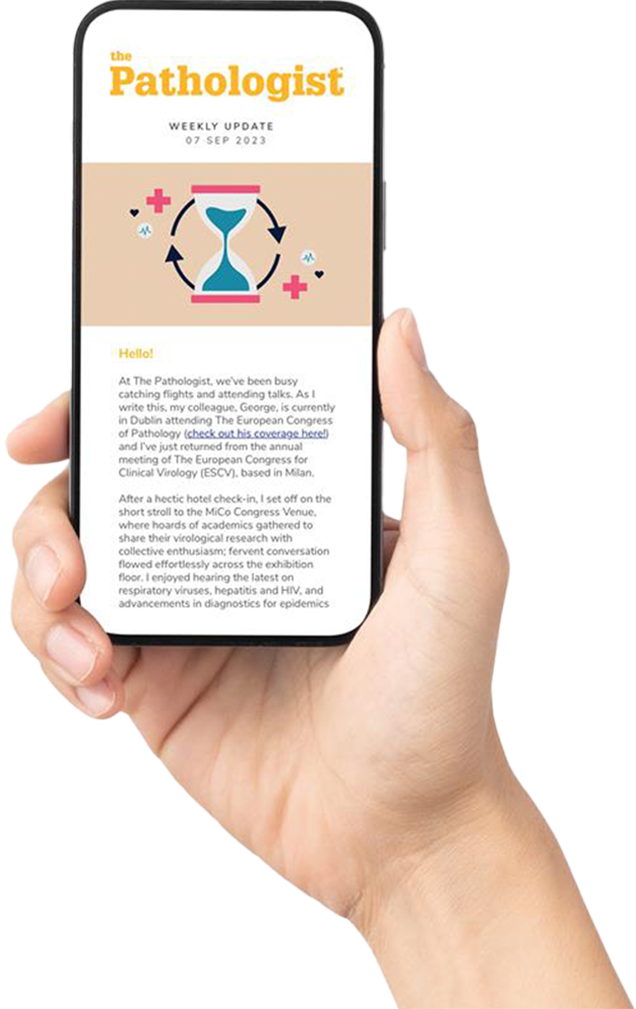Thyroid cancer incidence is on the rise. In the last two decades, the number of diagnoses per capita has more than doubled (1) – in part due to early detection. But unlike in most cancers, where early detection is key to treatment success, this may actually be having a negative impact on thyroid cancer patients. Why? Because many of the tumors detected may, despite their abnormal cellular appearance, be non-progressing. And if the tumor isn’t growing or harming the patient, then the treatment could, in fact, cause more damage than the disease.

But now, an international panel of experts has taken the matter in hand. A group of 25 pathologists, four clinicians, one statistician and one patient have collaborated to reclassify a particular type of indolent thyroid tumor as a non-cancer (2), changing its recommended treatment path. The tumor is known as encapsulated follicular variant of papillary thyroid carcinoma, or EFVPTC, and the panel determined that not all types of EFVPTC are created equal. “The previous classification system classified all EFVPTC, with invasion and without invasion, as cancers,” explains Yuri Nikiforov, senior investigator on the project. “However, a growing body of evidence suggested that noninvasive EFVPTC are highly indolent tumors with very little chance of hurting the patient. Nevertheless, these patients were treated the same as invasive cancers. Patients were left with the psychological and medical impact of being diagnosed with cancer, including unnecessary removal of the thyroid, lifelong follow-up appointments and medications, and the financial and psychological burdens.” To reach their conclusions, Nikiforov and his co-panelists independently reviewed 268 EFVPTC cases, including patients’ follow-up care for up to 26 years. In noninvasive tumors, patients experienced no recurrence, metastasis or other manifestations of disease at any point. Based on the data, the panel reclassified noninvasive EFVPTC as noninvasive follicular thyroid neoplasm with papillary-like nuclear features, or NIFTP, discarding the word “cancer” altogether. Nikiforov estimates that these types of tumors make up 10 to 20 percent of all thyroid cancer diagnoses and recommends, “Pathologists need to get familiar with the diagnostic criteria for NIFTP and indicate in their reports the risk of recurrence (<1% in 10 years). Importantly, the entire capsule of the tumor must be examined microscopically to exclude capsular and vascular invasion.”




